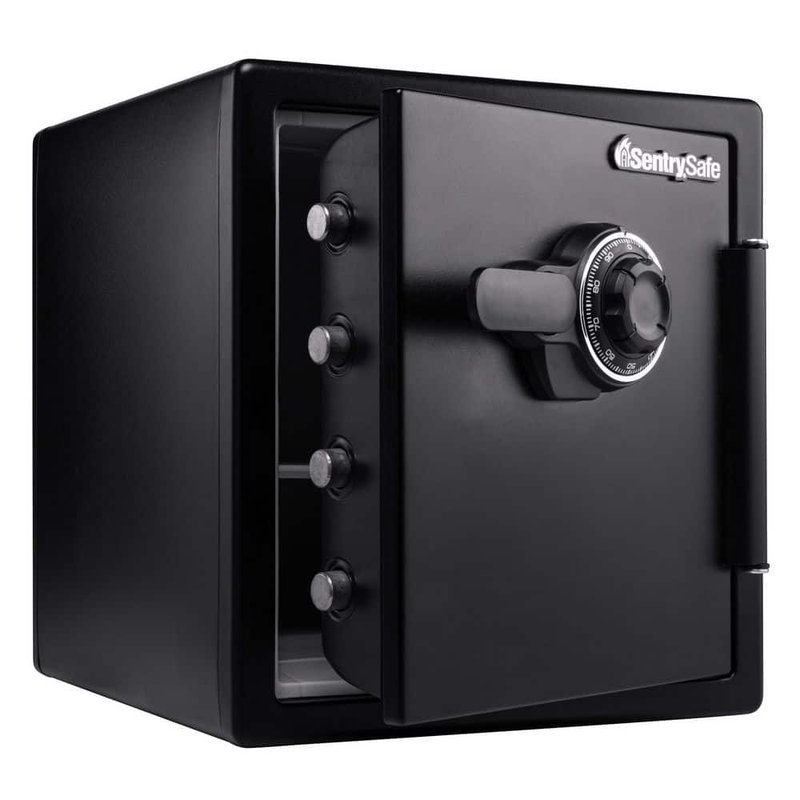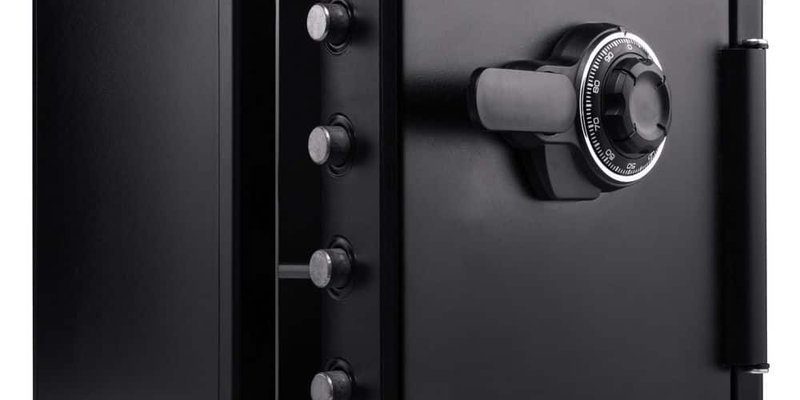
Think of error codes as your appliance’s way of sending you a text message or an email about how it’s feeling. When you see “LE,” it’s the heater’s way of saying, “I’m having a bit of trouble here.” This could be due to a variety of reasons, some of which are not too serious but others that might need your attention. In this article, we’re going to break this down into simple terms and discuss what the “LE” error means, what you should do about it, and whether your trusty Rheem heater is still safe to use. So let’s dive into the world of water heaters and decode this error message together!
Understanding the “LE” Error Code on Rheem Water Heaters
The “LE” error code essentially indicates a leak detection. Your Rheem water heater is equipped with sensors that monitor the system for any leaks, which could lead to significant problems like water damage or inefficient heating. Suppose you think of your water heater as a car, and this error code is its way of signaling a potential oil leak. It’s not something you want to ignore, but it doesn’t mean your car will stop working right away.
When your heater displays this code, it’s crucial to assess the severity of the leak. Sometimes, the sensor might be overly sensitive or experiencing a false alarm. Imagine your smoke detector going off just because you burned your toast—it doesn’t mean the house is on fire, but it’s smart to check and make sure everything is alright. Other times, the leak might be genuine, demanding more immediate attention, like a dripping pipe that could lead to bigger issues if left unattended.
So, what triggers this error? Well, a variety of things can cause a leak, from loose connections to a defective component like a valve. If you’ve recently moved the heater or had some maintenance done, it might have jostled connections or disturbed the system just enough to trigger the sensor. But don’t worry just yet; we’re going to explore how to tackle these problems head-on.
Is It Safe to Use Your Heater with the “LE” Error?
You might be wondering, “Can I still use my heater even if it’s flashing this error?” The short answer is yes, but with a few caveats. Using the heater with the “LE” error is a bit like driving your car with an engine warning light on the dash. You can get by for a while, but you really should have it checked out sooner rather than later.
The first thing you should do is an inspection—think of it as giving your heater a quick health check. Start by examining the area around the heater for any obvious signs of leaking water. Are there puddles or damp spots? If so, this could indicate a genuine leak, and you might want to consider turning off the water to prevent further damage.
If you don’t see any water, it could mean a false alarm, which isn’t uncommon. However, it’s wise to monitor the situation for a few days to see if the error resolves itself or persists. This step is a bit like keeping an eye on your car’s oil level after seeing the warning light, just to make sure nothing’s amiss.
Steps to Address and Resolve the “LE” Error
Now that you know the implications of the “LE” error, let’s talk about what you can do about it. The first step is identifying the source of the leak. Begin by visually inspecting all visible connections and joints for signs of moisture or corrosion. If you spot something suspicious, tightening the connection might solve the problem.
If tightening doesn’t do the trick, the issue could be internal, meaning you might need professional help. Here’s the deal: when it comes to complicated fixes, it’s often better to call in a professional to avoid making things worse. Think of it as hiring a mechanic for your car to handle engine repairs—sometimes it’s best left to the experts.
In the meantime, keep your heater running while monitoring for any changes. If things seem stable and you don’t notice any water pooling or additional error codes popping up, you’re probably safe to use the heater until a technician can take a closer look.
Preventative Measures and Final Thoughts
To minimize the risk of encountering the “LE” error in the future, regular maintenance is key. Just like you take your car in for oil changes, your water heater needs some TLC to stay in tip-top shape. Consider scheduling annual inspections to catch potential issues early—this can save you from unexpected breakdowns down the road.
Remember to keep an eye out for any changes in your heater’s performance. Is the water not as hot as it used to be? Does it take longer to heat up? These could be warning signs that something’s not quite right. Taking action early can help prevent minor problems from turning into major headaches.
Ultimately, while an “LE” error can be a bit unnerving, it doesn’t have to spell disaster. With a careful inspection, a bit of patience, and some professional advice when needed, you can keep your Rheem water heater purring along smoothly. Stay vigilant and proactive, and you’ll keep enjoying those hot showers worry-free!
